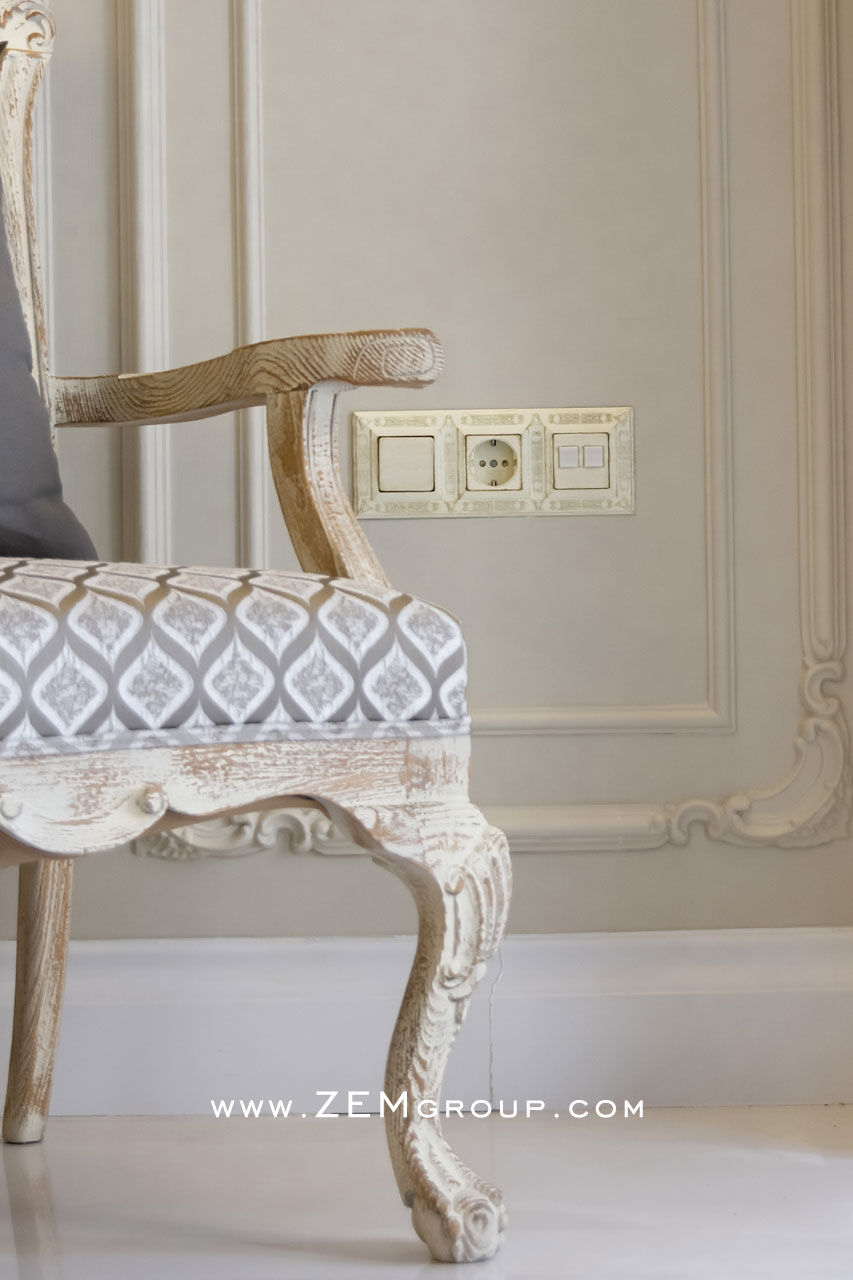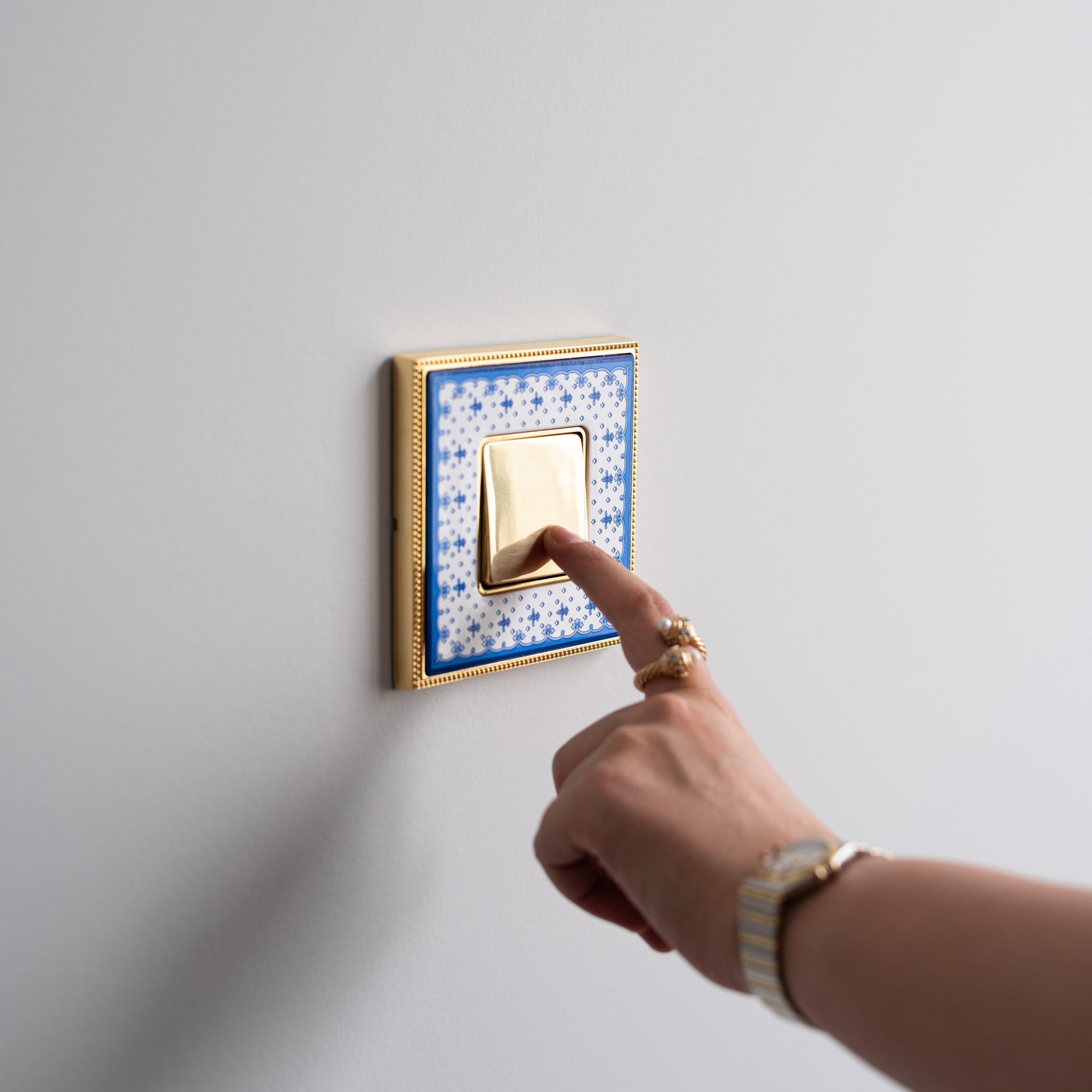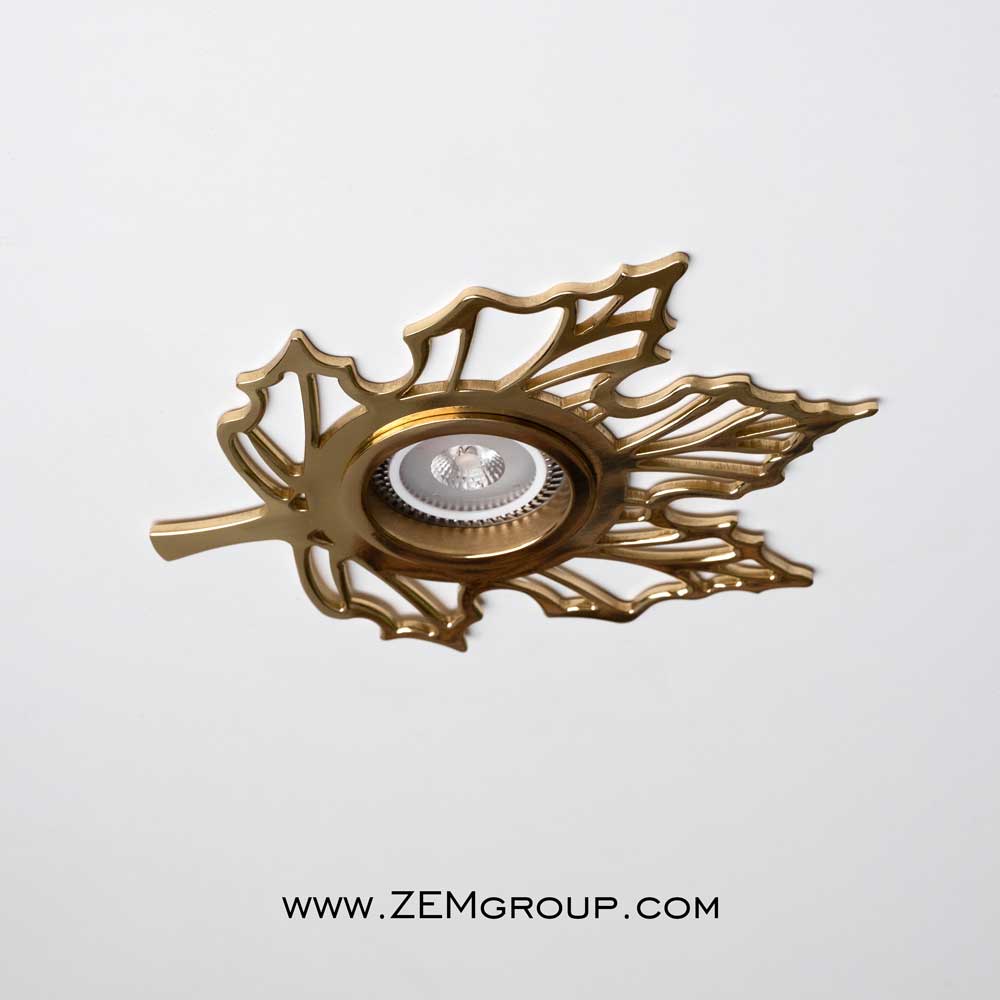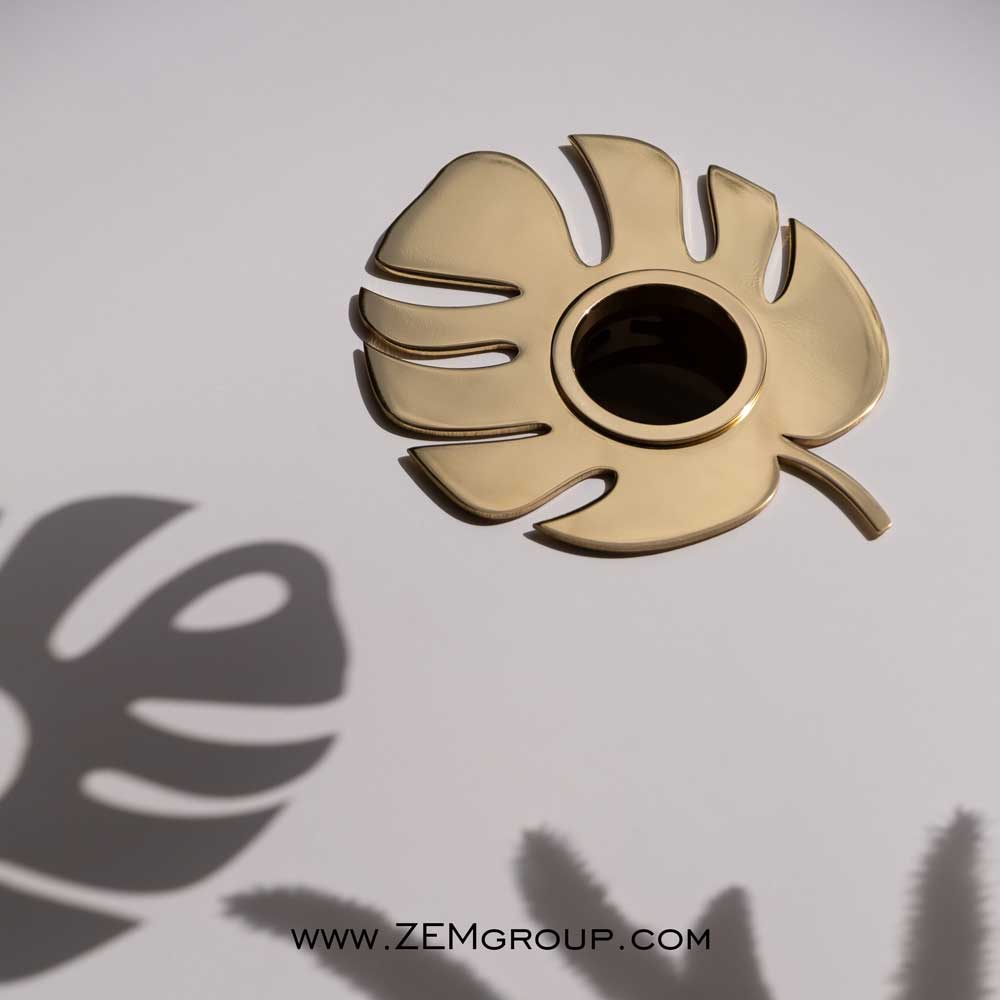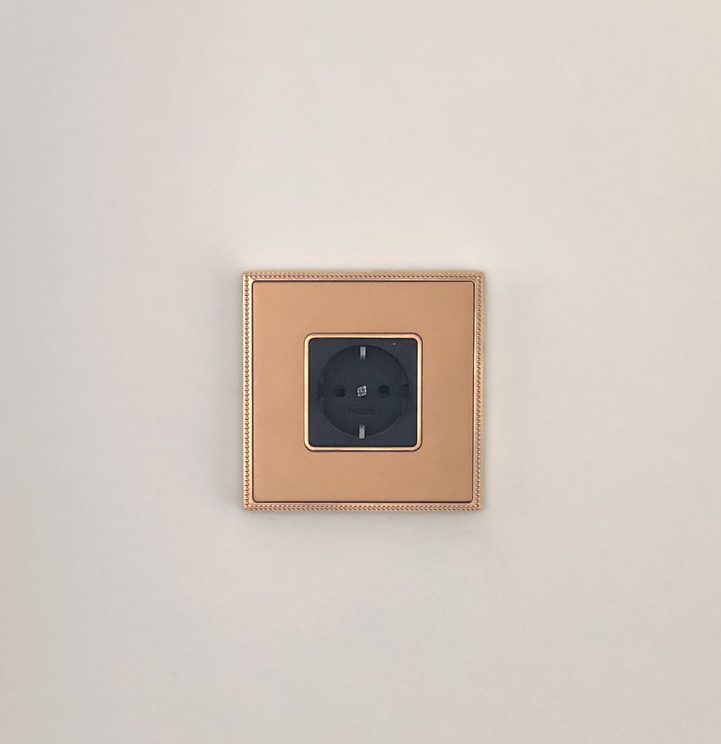tips for dining room lighting
The dining table is a place for family members to gather, talk, and of course, it is a suitable space for doing some daily tasks such as doing the children’s homework, this space is relatively practical.
With a calculated and accurate lighting, your dining room can have a wonderful glow, the dining room is not only a place to serve food, it is a place where family members and friends gather, children and adults. They do assignments and projects on it. For this reason, this place needs a beautiful and of course functional lighting, in this article we will introduce you to pendant lights for dining room lighting.
Edison lamps for the dining table? It is possible?
Today, Edison lamps, these old lamps have returned to interior decoration and have become a trend, look at these lamps that are simply hung from the ceiling and provide a beautiful lighting on the dining table. These lamps have a lower price than other hanging lamps, and of course, they also give a casual and nostalgic atmosphere to your dining room.
A suitable chandelier for large kitchens
Do you have a large kitchen? Do you have an island and a separate dining table? Look at this lovely kitchen…use matching pendant lights to maintain order and harmony in your environment. In this design, they have used a larger lamp for lighting on the dining table and a smaller one for lighting on the island.
Add some color to the room
Do you want to add some color to the decoration? Choose a colored pendant light… Choose the color of the chandelier you want to match the color of your decoration, a little rich or pale. In this lovely design, the ceiling is decorated with a colored ceiling lamp, and a table lamp is used on the table next to it.
Metal lights are also a good idea
Not everyone is a fan of using colored chandeliers, so if you feel more comfortable with metal chandeliers and ceiling lights, this decoration will be interesting for you. Choose a copper or brass chandelier that is magnificent and suitable for any setting
Crystal chandeliers, charming and dreamy
Do you like classic style? Do you want to give your home a luxurious and glamorous atmosphere? So this beautiful and crystal chandelier will definitely be your ideal.
Just take a look at the beautiful harmony and contrast that this beautiful pendant light has created in the space…this black chandelier sits beautifully in your classic style.
Choose large pendants
Crystal chandeliers are great for adding impact and glamour, but they are not suitable for all styles. Another way is to choose a large pendant, and with this beautiful lamp, separate your dining table area from the rest of the space. In this lovely design, the combination of the oak wooden table and patterned wallpaper are well combined with the chandelier and have created a stylish harmony.
Have beautiful lighting with adjustable lights!
Do you have a small and limited space and no place for large chandeliers and pendant lights? Today, there are different models of chandeliers in the market that you can choose one of them according to your needs and interests. One of these models is height-adjustable chandeliers that can be shortened by using a height wire. or raised, you can light the dining table with these chandeliers according to your needs.
Bring pattern and color to the dining table
The dining area is considered a small meeting hall, it is a great place for family conversations, so what’s wrong if we add a little role and design to this area? Choose a beautiful color and combine the patterns and patterns that you like based on that, use colors of the same family!
Point light? What a good idea!
Maybe many people like the chandelier as the central light source of the dining table, but the chandelier is not the first and last way! Halogen lights are also a strong light source, and using several of them and creating a linear lighting on the ceiling can also give a modern and beautiful lighting to the dining room decoration.

